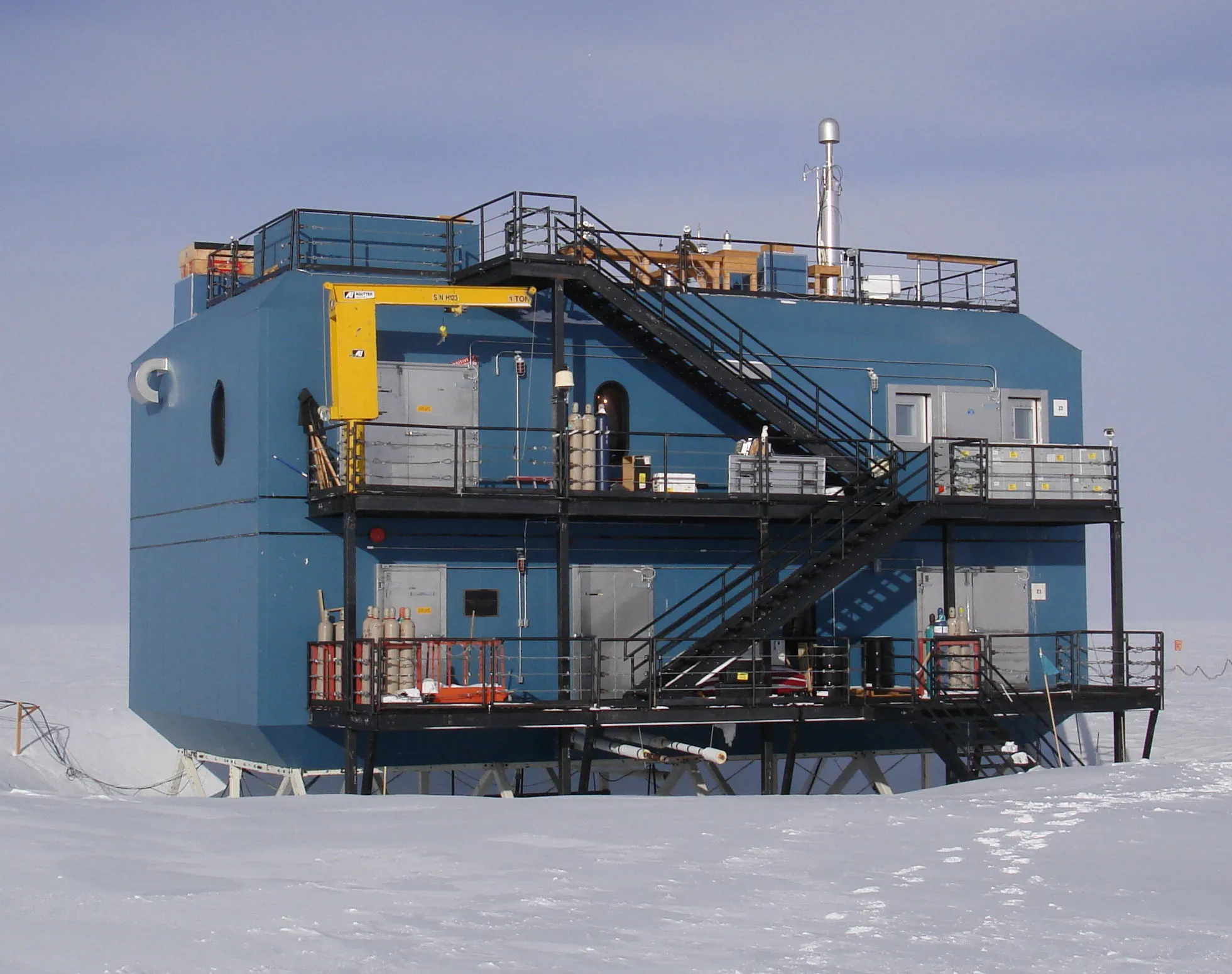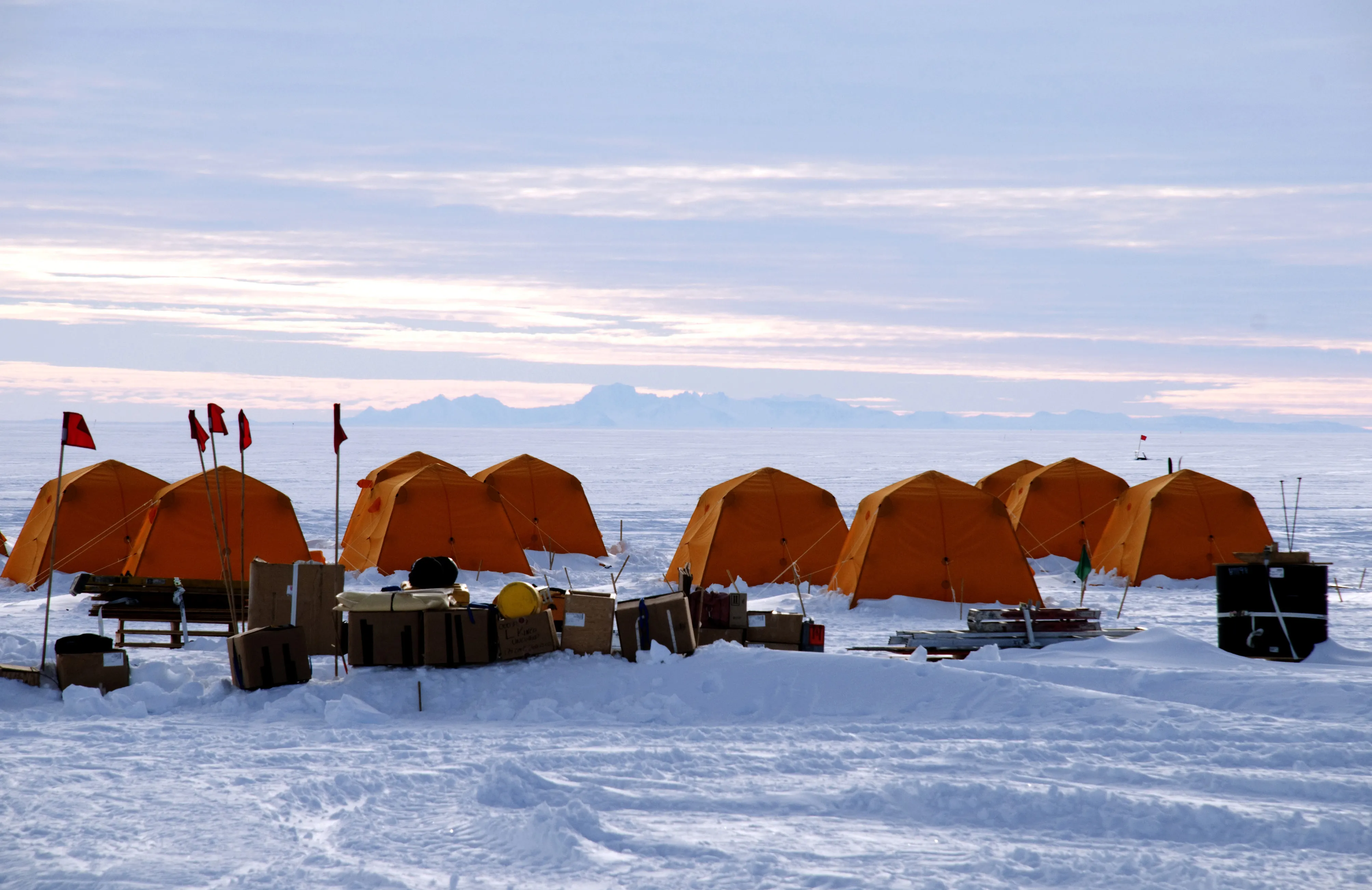The vast, icy expanse of Antarctica is a focal point for scientists studying the effects of climate change. Research efforts in this remote and extreme environment are crucial for uncovering the nuances of climate impacts and informing global strategies to mitigate them. As a unique natural laboratory, Antarctica provides invaluable insights into Earth’s climatic systems and the interconnectedness of global ecosystems, making scientific research here both essential and urgent.
The Role of Scientific Research in Antarctica
Antarctica’s harsh and isolated conditions offer scientists unparalleled opportunities to study climate change in action. The continent’s massive ice sheets, dynamic ecosystems, and pristine atmosphere serve as indicators of global health. Research stations scattered across Antarctica host multinational teams that conduct studies ranging from ice core analysis to wildlife monitoring, all while navigating logistical and environmental challenges.

Key Research Areas
-
Ice Sheets and Sea Level Rise: Antarctic ice sheets hold the equivalent of approximately 58 meters (190 feet) of potential sea level rise. Research focuses on understanding ice sheet dynamics, measuring the rate of melting, and examining the role of factors such as warm ocean currents and basal lubrication. These studies are vital for predicting how much and how quickly sea levels might rise, threatening coastal communities worldwide.
-
Marine Ecosystems: The Southern Ocean is home to a rich array of marine life, from microscopic phytoplankton to top predators like whales and seals. Scientists study how changing temperatures, ocean acidification, and diminishing sea ice are altering food webs and affecting species such as krill, a keystone organism in the Antarctic ecosystem.
-
Atmospheric and Oceanic Interactions: Antarctica’s atmosphere holds records of past climate in its ice cores, which trap bubbles of ancient air. These records allow scientists to study how greenhouse gases have changed over millennia. Additionally, research on ocean currents, such as the Antarctic Circumpolar Current, helps model the interplay between polar climates and global weather patterns.
Importance of International Collaboration
Antarctica’s vastness and significance demand a collaborative approach to research. Initiatives like the Scientific Committee on Antarctic Research (SCAR) and the Antarctic Treaty System facilitate cooperation among nations, ensuring that research efforts are coordinated and resources are pooled. These collaborations have led to landmark discoveries and the development of unified conservation and climate mitigation strategies.
Technological Advances in Antarctic Research
Recent technological innovations have transformed how scientists study Antarctica:
- Satellite Monitoring: Advanced satellite systems provide real-time data on ice sheet movement, sea ice extent, and atmospheric conditions, offering insights that were previously unattainable.
- Remote Sensing: Unmanned aerial vehicles (UAVs) and autonomous underwater vehicles (AUVs) have revolutionized the ability to explore inaccessible regions, such as beneath ice shelves or deep under the ocean surface.
- Data Modeling: High-performance computing allows for the creation of complex climate models, which integrate data from ice cores, satellite imagery, and field studies to predict future climate scenarios.
Response to Research Findings
The discoveries made in Antarctica have profound implications for global policy, conservation, and education:
- Policy Impact: Antarctic research informs international agreements like the Paris Agreement, driving initiatives to curb greenhouse gas emissions. These policies aim to mitigate the effects of global warming, including the catastrophic consequences of Antarctic ice loss.
- Conservation Efforts: Findings from Antarctic studies support the creation and expansion of Marine Protected Areas (MPAs), which shield ecosystems from human activity such as overfishing and unregulated tourism. The Commission for the Conservation of Antarctic Marine Living Resources (CCAMLR) plays a pivotal role in these efforts.
- Public Awareness and Education: Sharing Antarctic research findings raises awareness about the critical role the continent plays in regulating the planet’s climate. Educational programs and media campaigns engage global audiences in the importance of protecting this fragile environment.
How You Can Support Antarctic Research

Individuals can contribute to the preservation of Antarctica and the continuation of vital research:
- Advocate for Science Funding: Support governmental policies and initiatives that prioritize funding for Antarctic research. Public investment is essential for sustaining long-term studies and advancing our understanding of climate dynamics.
- Educate Yourself and Others: Stay informed about the latest findings in Antarctic research and share this knowledge within your community to foster greater awareness and action against climate change.
- Support Conservation Organizations: Donate to or volunteer with organizations like the World Wildlife Fund and the Antarctic and Southern Ocean Coalition, which work closely with the scientific community to protect Antarctica.
The Road Ahead
Antarctica’s rapidly changing environment is a stark reminder of the urgency of global climate action. The research conducted on this icy continent is not just about understanding the changes happening at the poles; it is about preparing humanity to face the challenges of a warming world. Through scientific innovation, international collaboration, and public engagement, we can mitigate the impacts of climate change and ensure that Antarctica remains an invaluable natural laboratory for generations to come.